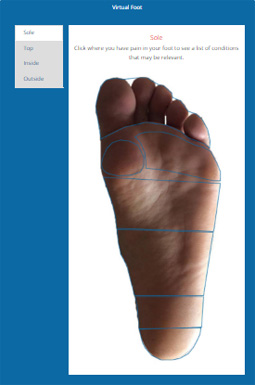Tibialis Posterior Tendon Dysfunction
What is it?
The Tibialis posterior muscle plays an important role in supporting the arch of the foot as well as inverting (turning out) and plantar-flexing (pointing down) the foot. Tibialis Posterior Tendon Dysfunction (PTTD) is a common overuse injury of this tendon.
What are the symptoms?
In the early stages of this conditions common symptoms include pain along the course of the tendon (along the inside of the ankle and into the arch of the foot). As the condition progresses there may be a change to the shape of the foot (flattening of the arch), and an inability to perform a heel raise on the affected leg.
What causes it?
Most people who develop PTTD have a flat foot deformity, which increases the stress and load on the tendon. Being overweight, increasing training volume or intensity and tight calf muscles are all factors in the development of PTTD.
What to do at home
Ice and rest the area as much as possible and wear supportive shoes (lacing boots are best). You can try an off the shelf insole to support the arch but you are best to take professional advice on this first. Stretch your calf muscles.
When to seek advice
If your symptoms fail to resolve with rest or are aggravated with a return to activity.
How is it treated?
It is important to identify the faulty mechanics that are causing the problem and to reduce the stress on the tendon; this is achieved with the use of specially designed orthoses (insoles). Once the initial symptoms have been resolved, a program of strengthening is advised to allow the tendon to cope with the stresses being placed upon it. In the later stages of this condition, conservative measures may be insufficient and a referral to a consultant foot and ankle surgeon may be made.
See More Foot Conditions
If you are still looking for the correct foot condition have a look at our full list of foot conditions or try our virtual foot to help narrow down the conditions to those relevant to you.
If you are having trouble finding the correct foot condition and you are in pain you should make an appointment with the appropriate medical practitioner in your area.


